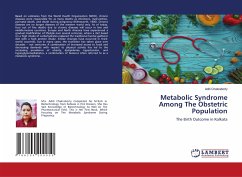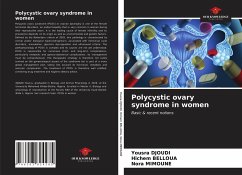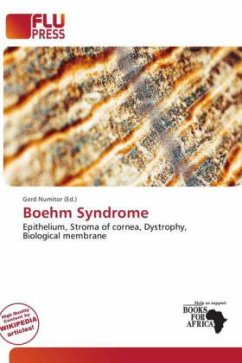
Popliteal Pterygium Syndrome
Limb (Anatomy), Hypoplasia, Cleft Lip and Palate, IRF6, Van der Woude Syndrome, Dominance
Herausgegeben: Eyvindr, Lennox Raphael
Versandkostenfrei!
Versandfertig in 6-10 Tagen
19,99 €
inkl. MwSt.

PAYBACK Punkte
10 °P sammeln!
Please note that the content of this book primarily consists of articles available from Wikipedia or other free sources online. Popliteal pterygium syndrome (PPS) is an inherited condition affecting the face, limbs, and genitalia. The syndrome goes by a number of names including the popliteal web syndrome and, more inclusively, the facio-genito-popliteal syndrome. The term PPS was coined by Gorlin et al.. in 1968 on the basis of the most unusual anomaly, the popliteal pterygium (a web behind the knee). The diagnosis of PPS has been made in several ethnic groups, including Caucasian, Japanese, ...
Please note that the content of this book primarily consists of articles available from Wikipedia or other free sources online. Popliteal pterygium syndrome (PPS) is an inherited condition affecting the face, limbs, and genitalia. The syndrome goes by a number of names including the popliteal web syndrome and, more inclusively, the facio-genito-popliteal syndrome. The term PPS was coined by Gorlin et al.. in 1968 on the basis of the most unusual anomaly, the popliteal pterygium (a web behind the knee). The diagnosis of PPS has been made in several ethnic groups, including Caucasian, Japanese, and sub-Saharan African. Males and females are equally likely to suffer from the syndrome. Since the disorder is very rare, its incidence rate is difficult to estimate, but is less than 1 in 10,000.












